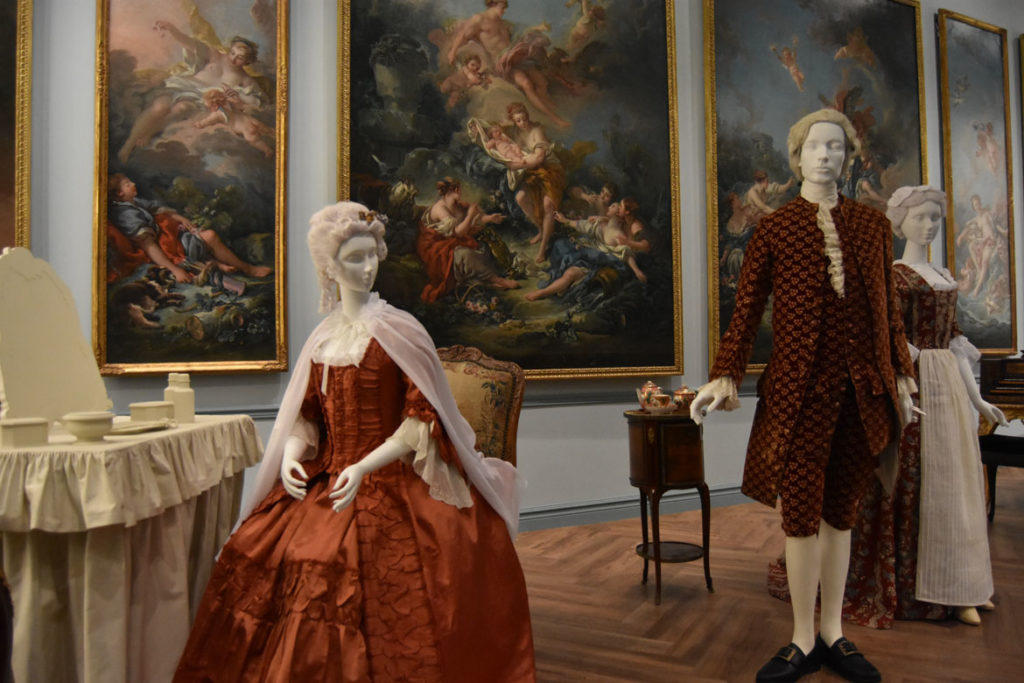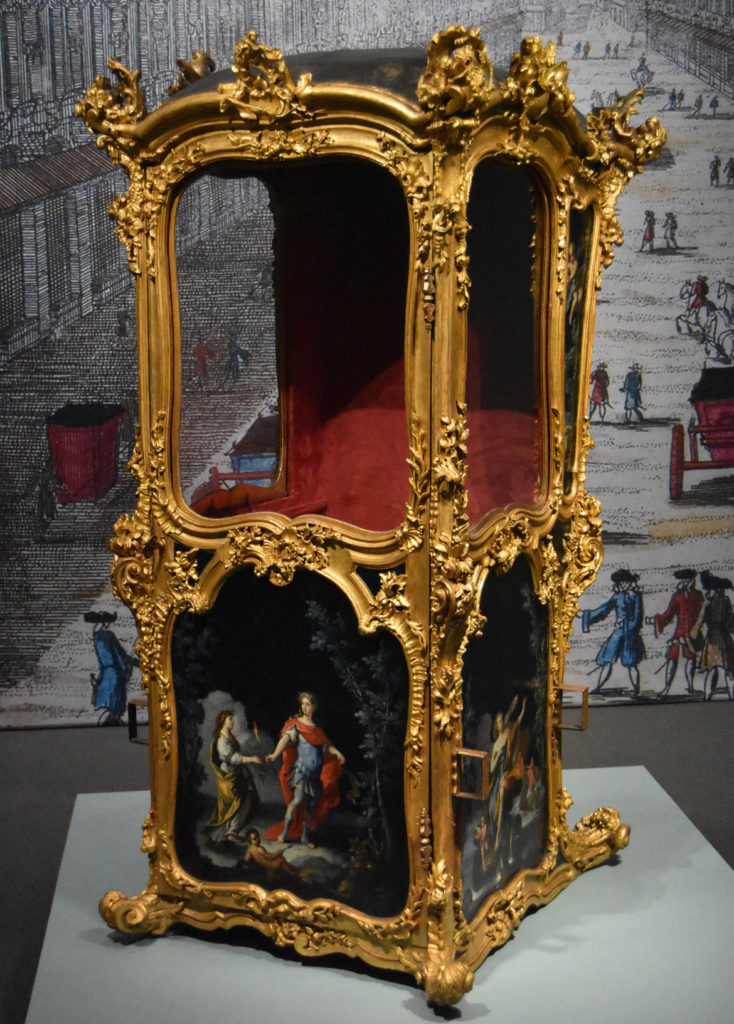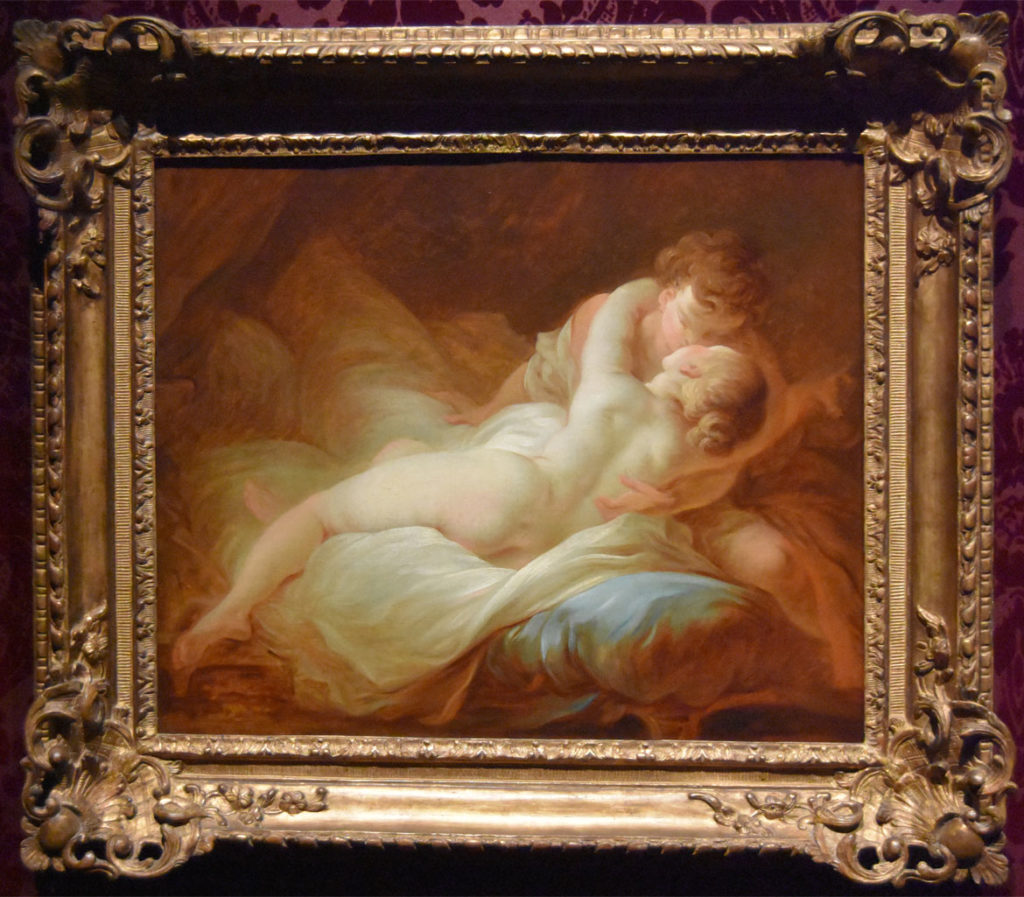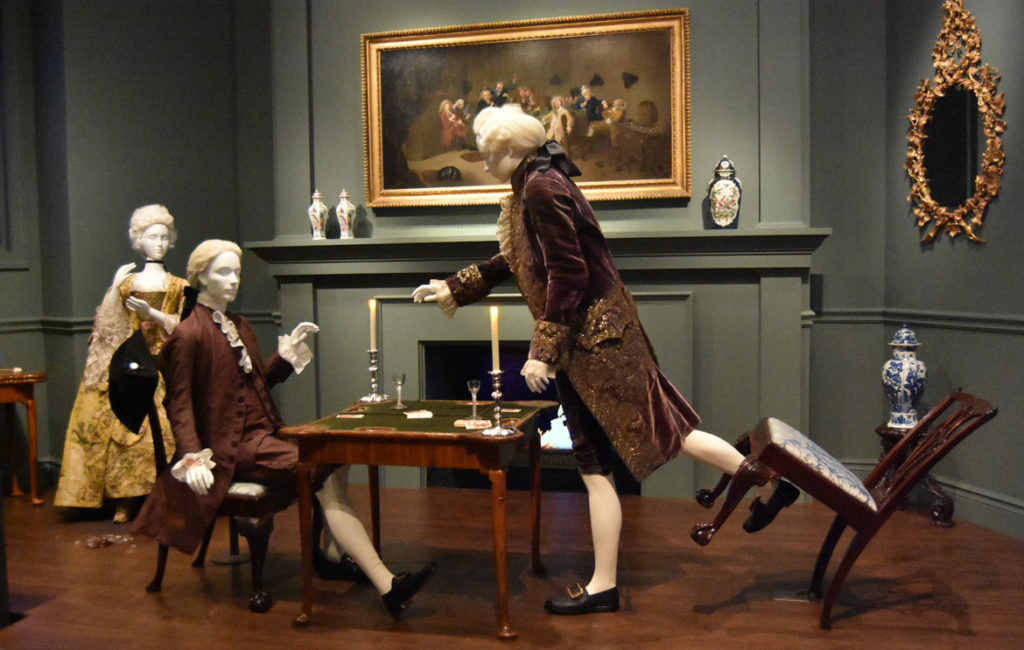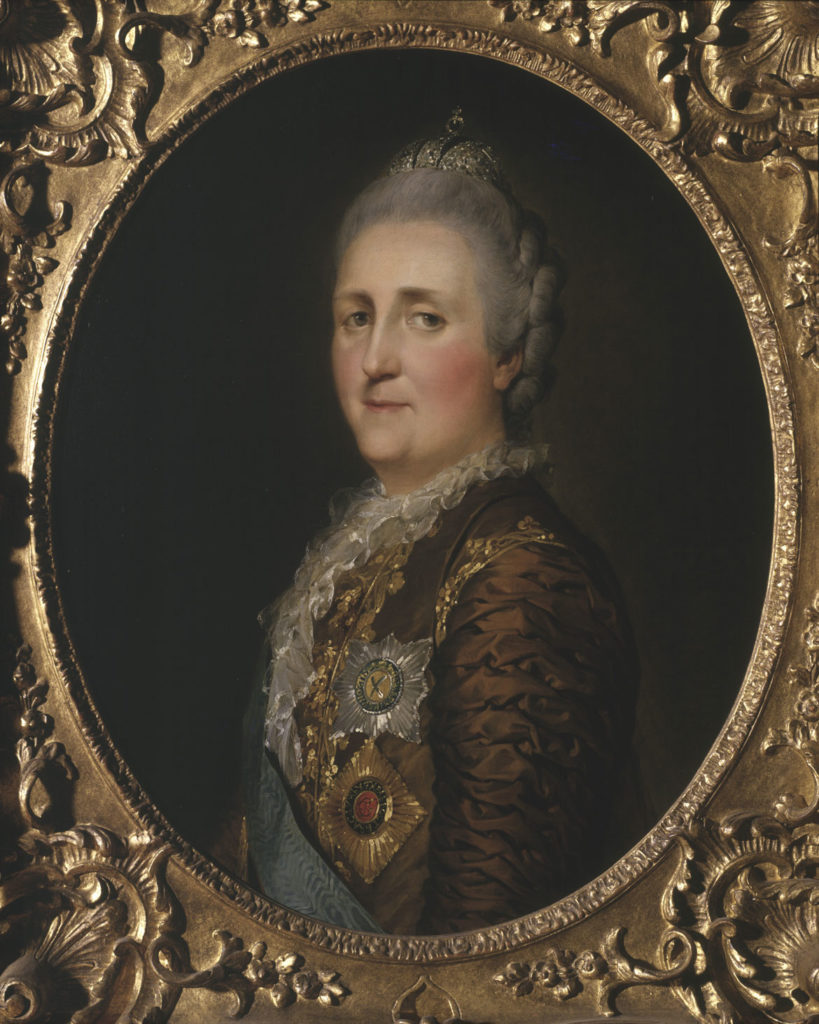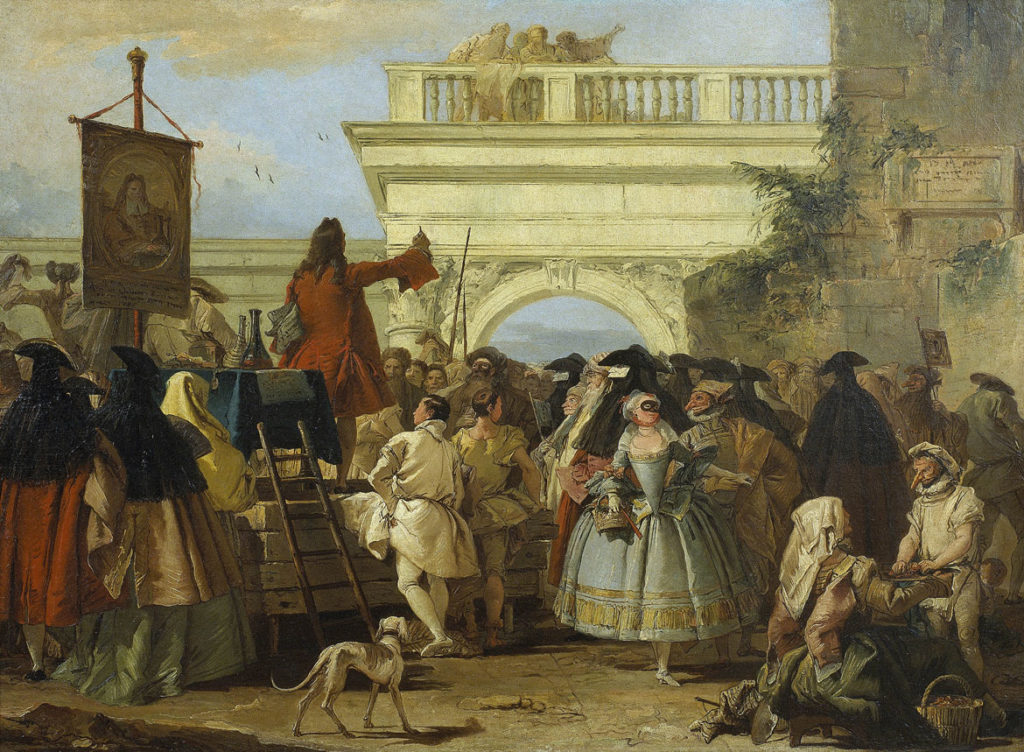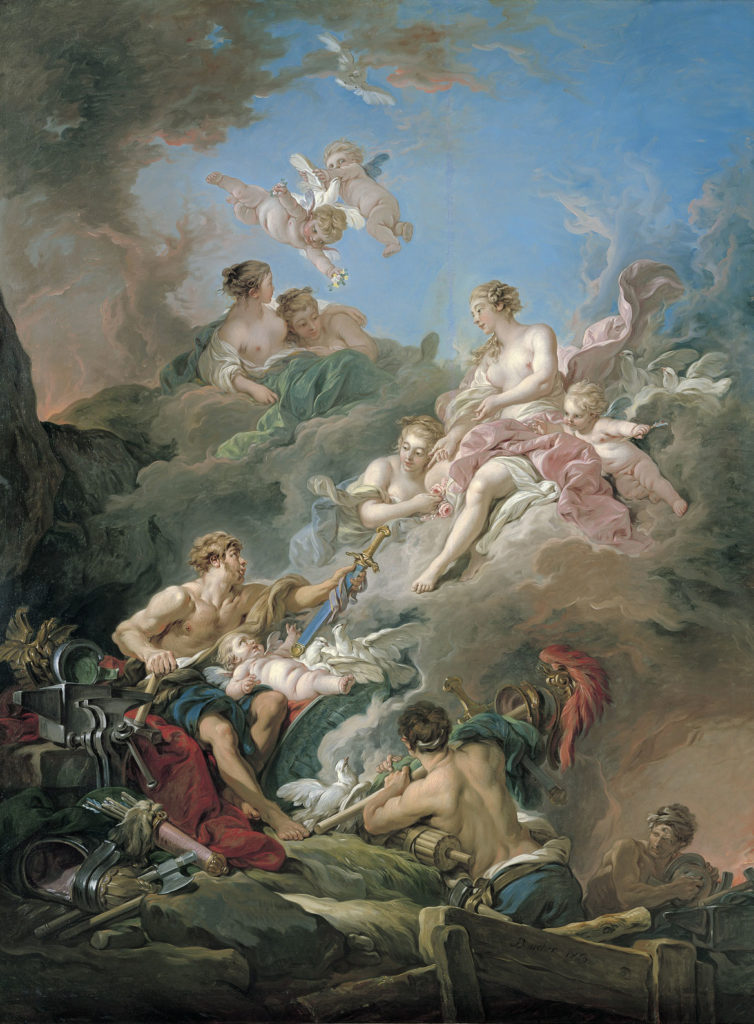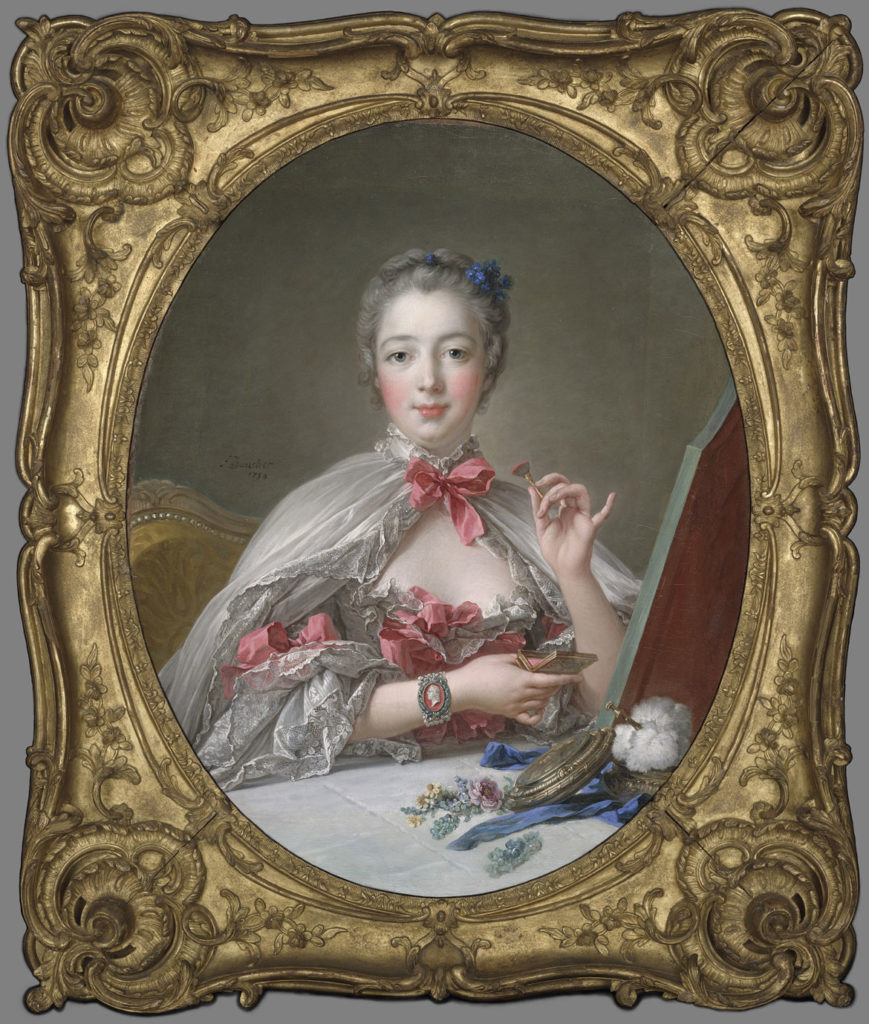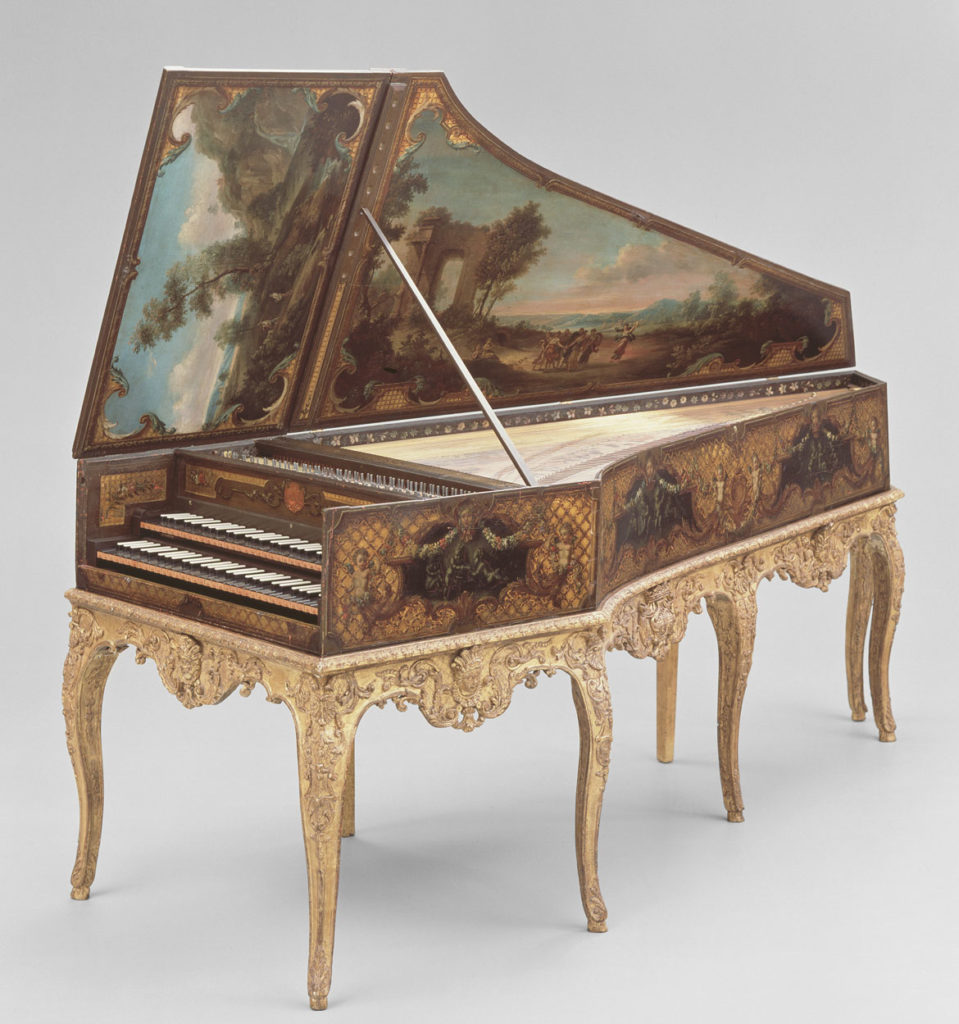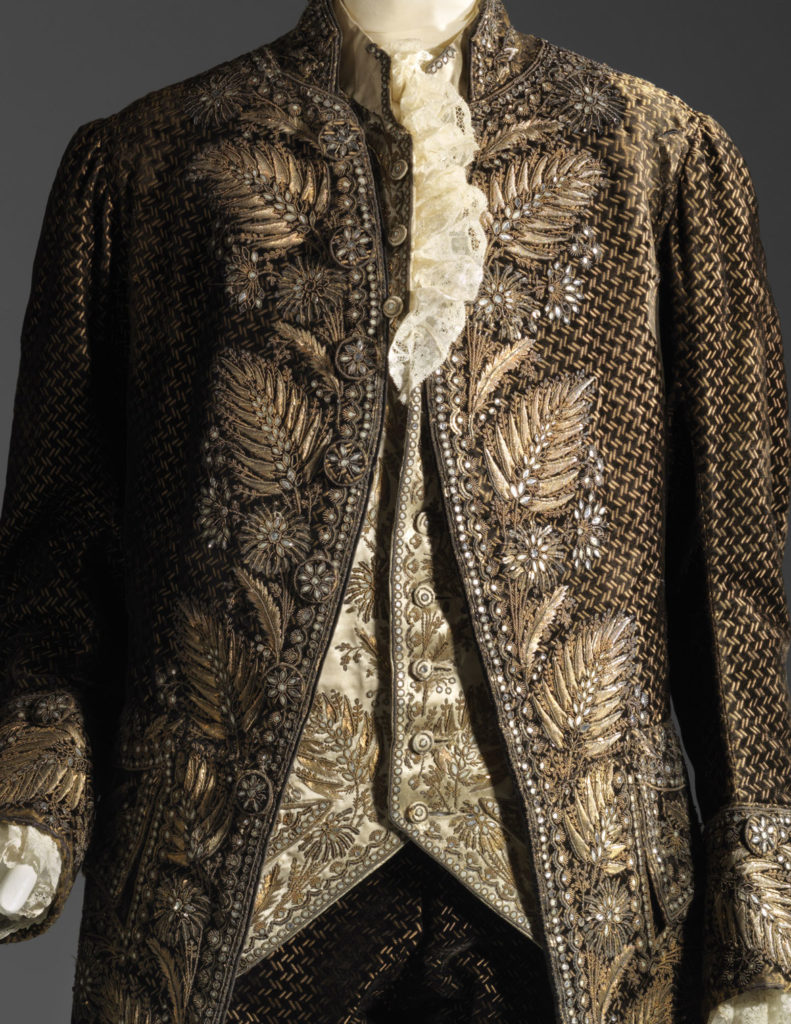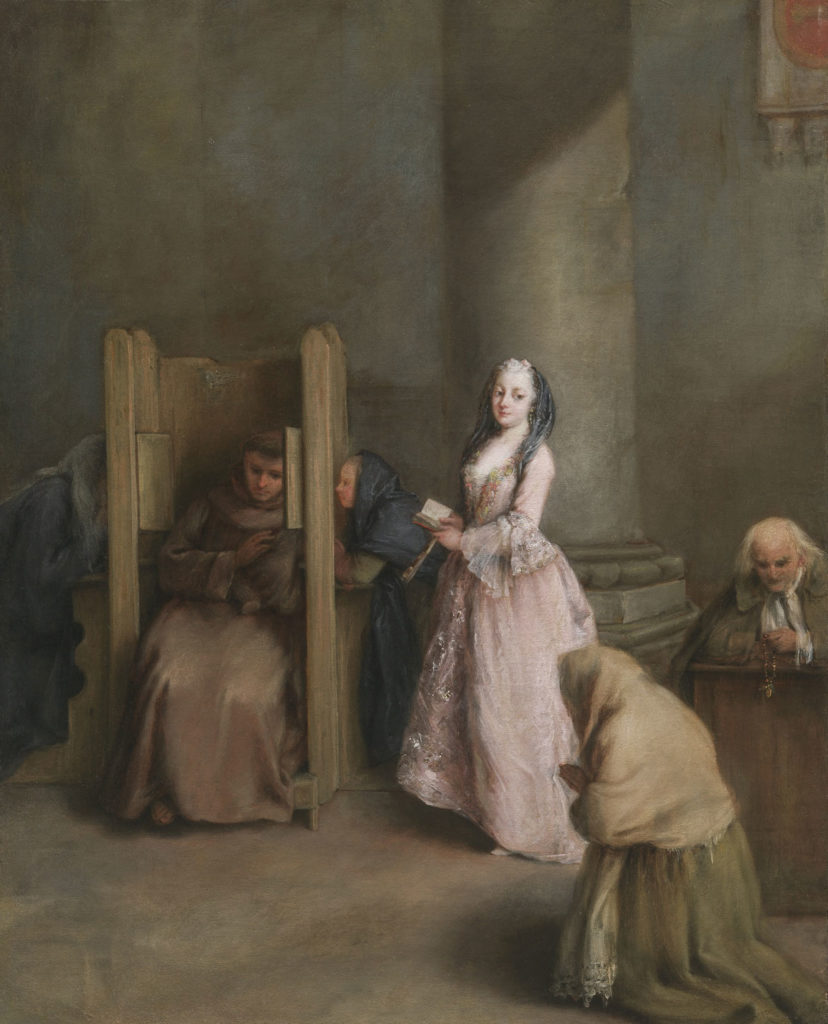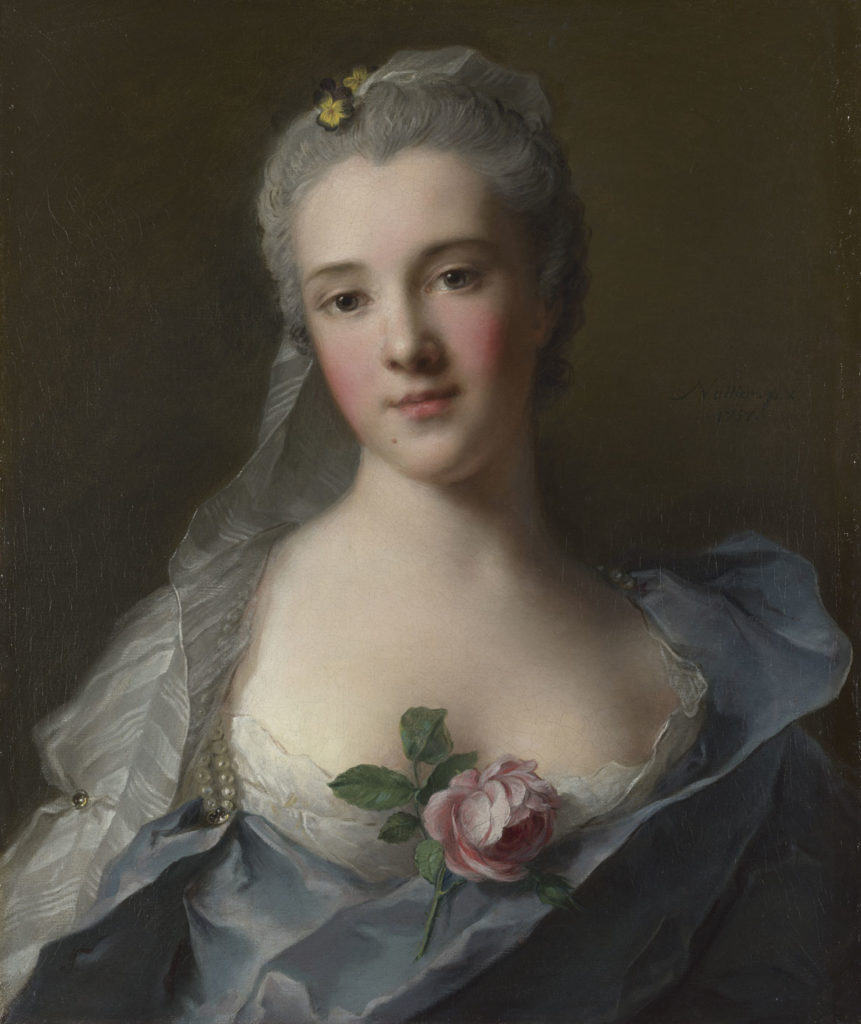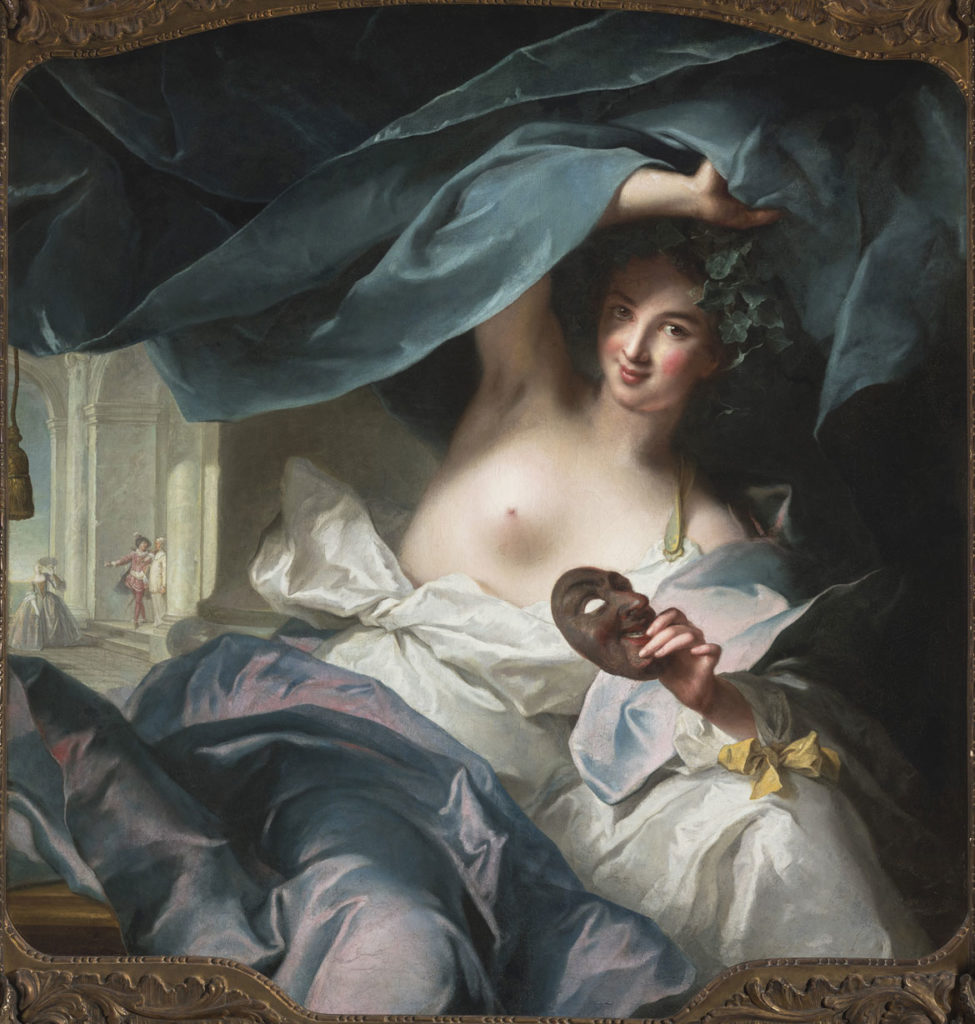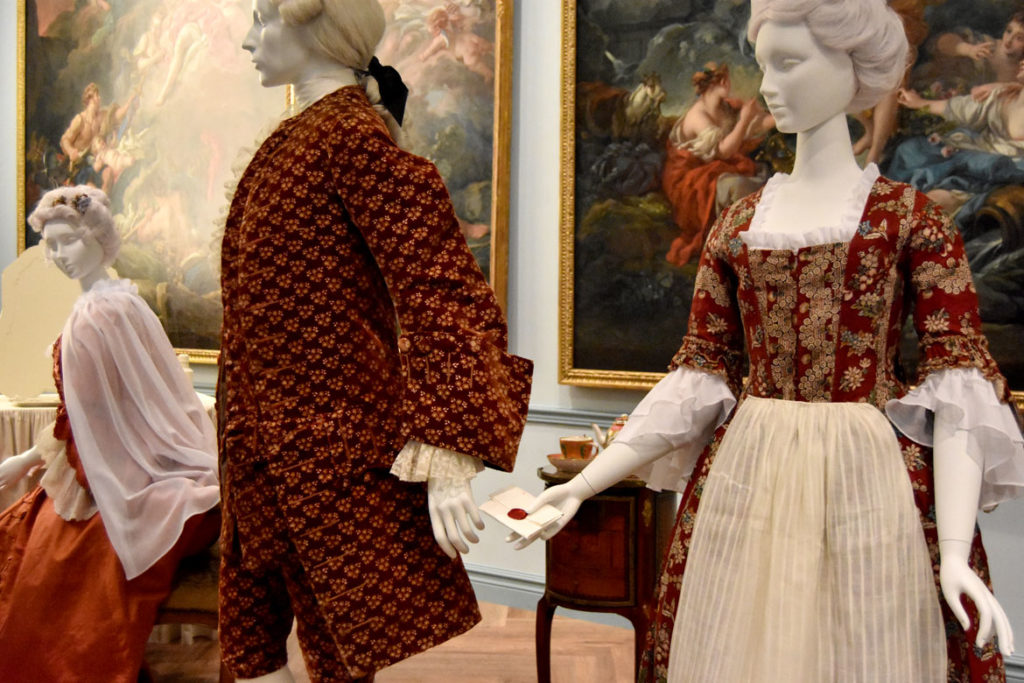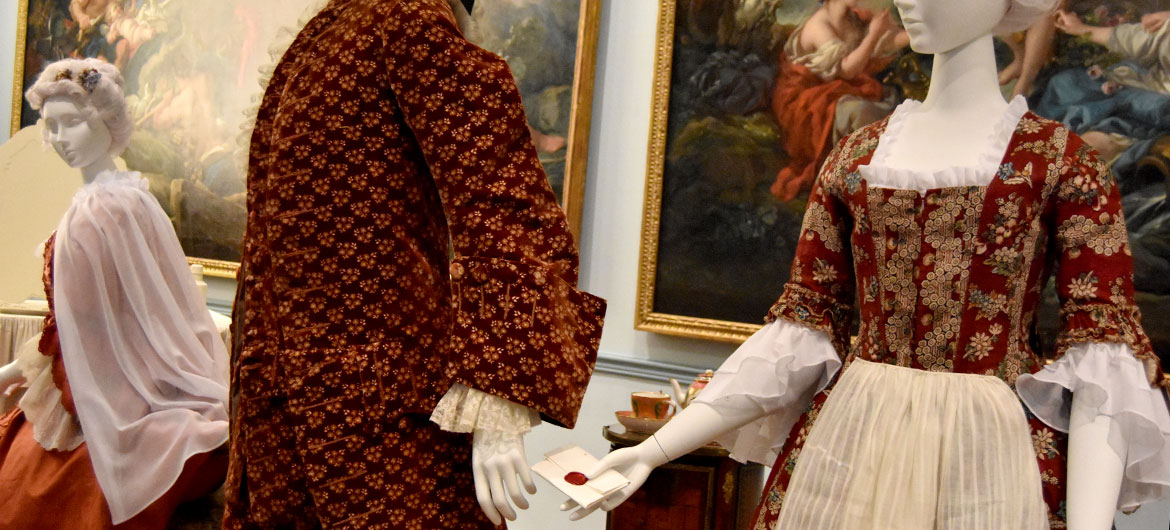“Casanova’s Europe: Art, Pleasure, and Power in the 18th Century” at Boston’s Museum of Fine Arts through Oct. 8 is a sumptuous, deeply researched exhibition inspired by Casanova, the charismatic 18th century intellectual, libertine and scoundrel whose name has become synonymous with “womanizer.”
His autobiography, the museum says, “offers an unrivaled account of 18th-century European society, and his experiences provide a framework for our journey through the art of his time.” Frederick Ilchman, chair of the MFA’s Art of Europe department, says, “He went everywhere, he met everyone, and he wrote it all down.”
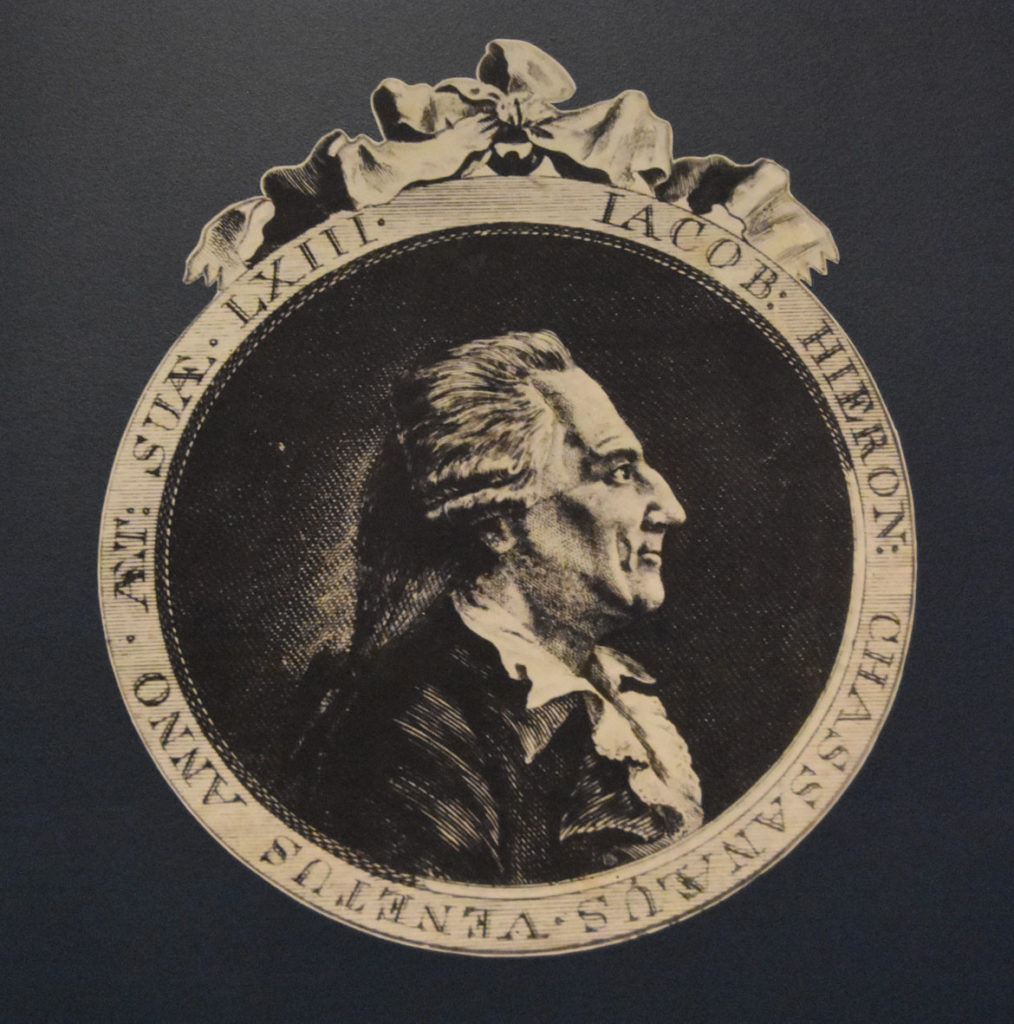
Published in 1821, two decades after Casanova’s death, his memoirs are best known for his accounts of having sex with some 130 people, beginning with a night with two sisters and continuing to nuns, married women, his own daughter. By his account, pretty much everyone had a splendid time.
But Casanova’s stories include kidnapping a man so that Casanova and his masquerading friends can have a gangbang with the fellow’s wife. He joyfully reports seducing his own daughter Leonilda. A sign in the exhibit acknowledges that the memoirs “describe behaviors toward women that today would be criminal.” Which is part of why I’m late in writing about this exhibition—wondering if I should write about Casanova at all.
A sign of the deep misogyny of Western society is that the term “Casanova” is generally a compliment, letting the crimes slide and instead praising exploitive womanizing as a sort of accomplishment. But there’s been a societal shift since the MFA, the Kimbell Art Museum in Texas, and the Fine Arts Museums of San Francisco began organizing this exhibition in 2012. “What [Casanova’s memoirs] offer is a specific perspective,” a sign in the show says, “one man’s experiences, expressed in his own words, which resonate in new ways in the #MeToo era.”
What to do with Casanova now?
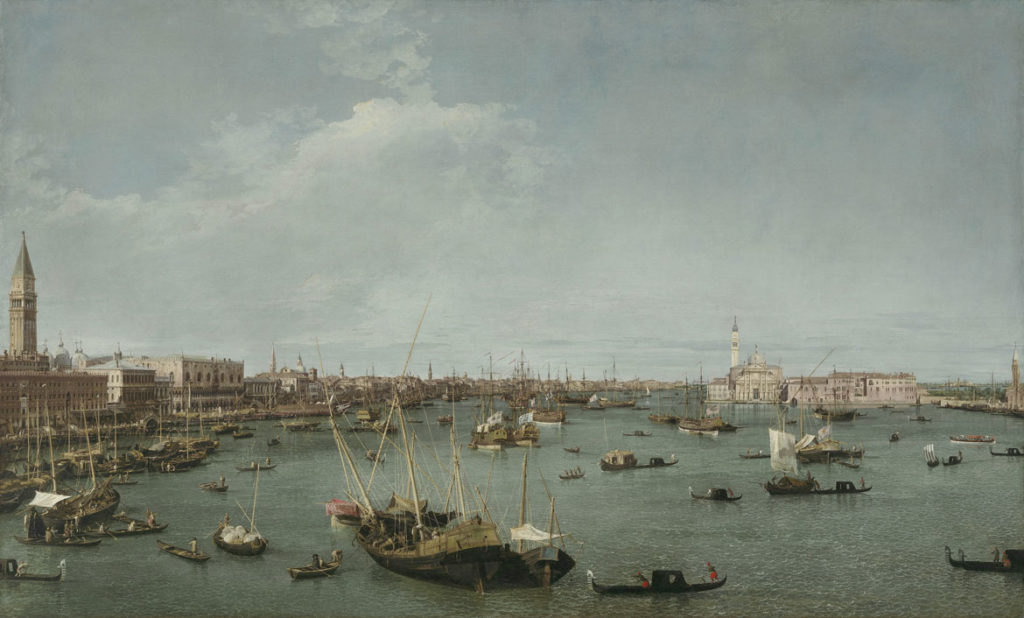
Giacomo Casanova (1725-1798) was born in Venice to a couple of itinerant actors, went to seminary, served in the military, then when he was 21 came to the aid of a Venetian senator who was having a stroke. In thanks, the man invited Casanova to live in his palazzo and bankrolled his ascent into high society. “He’s very low born,” Ilchman says, “but he’s reinventing himself again and again.”
As Casanova pursued the warm embrace of various royal courts and aristocracies from Paris to London to Dresden to St. Petersburg to Constantinople, he would spend many years hobnobbing with folks like Empress Catherine the Great of Russia, King Louis XV of France, King George III of England, Benjamin Franklin (they talked hot-air balloons), French philosopher Voltaire, English writer Samuel Johnson, philosopher Jean-Jacques Rousseau, the composer Mozart.
“Politically this era is so different from ours,” Ilchman says. “Venice is the only republic, and it’s barely a republic, an oligarchy basically.”
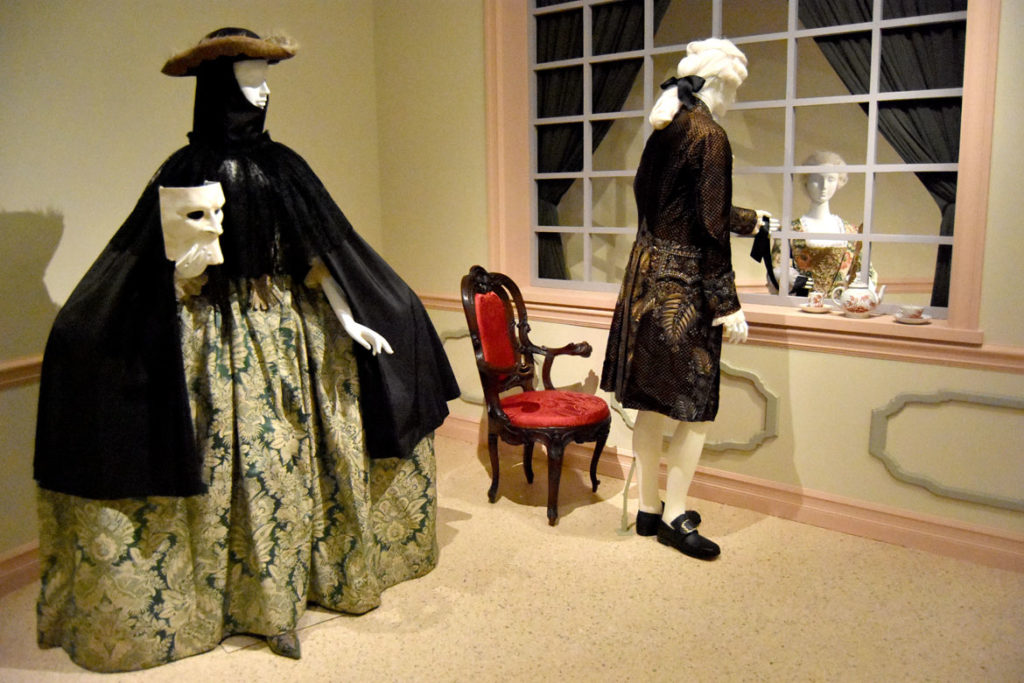
Casanova explored the occult and alchemy—and used them to con people. He was sentenced to five years in prison in Venice for heresy, escaped after 15 months and fled to France. “He would retell this at every dinner party in Paris,” Ilchman says. “And it later becomes one of the kernels of his autobiography.”
Casanova organized a national lottery in France and ran a silk manufactory. He made and gambled away a fortune. He planned to kill himself by jumping off a London bridge. “He loads his pockets with stones so that he might drown,” Ian Kelly, author of the 2008 book “Casanova: Actor, Lover, Priest, Spy,” said at an exhibition preview. A passerby convinced him to reconsider. And so on.
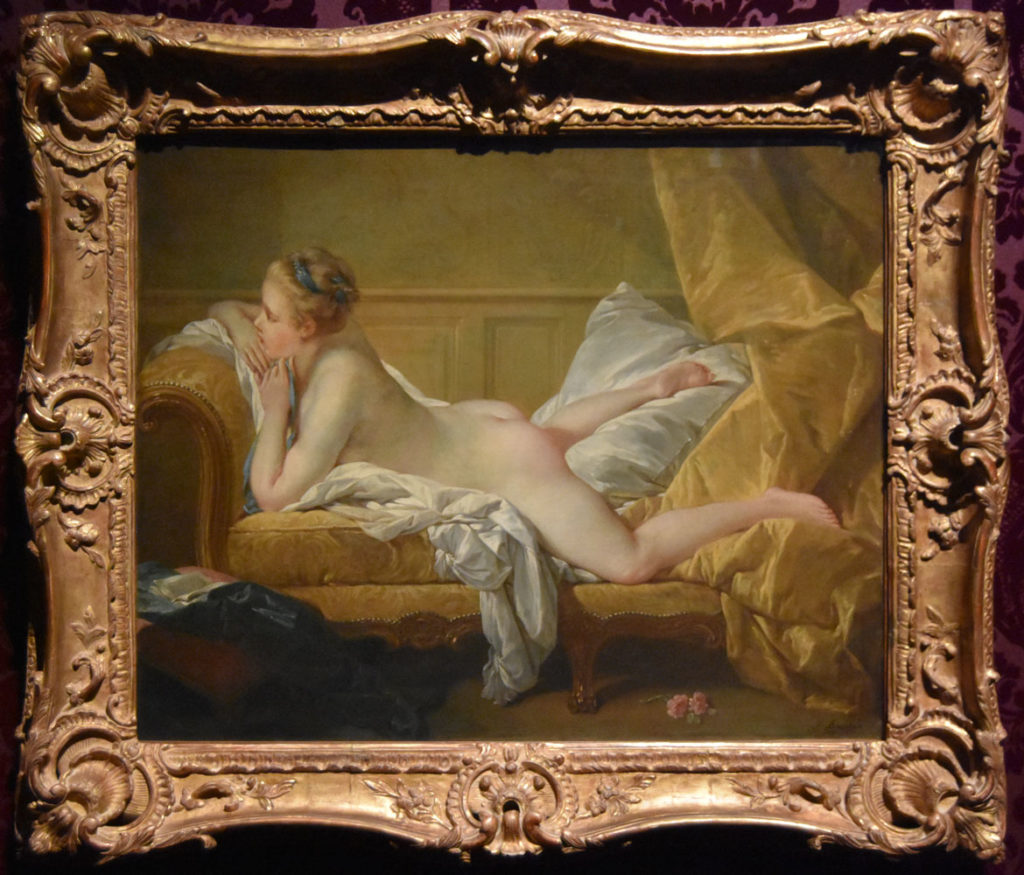
Resting Girl (Louise O’Murphy),” 1751, oil on canvas. (Greg Cook)
The reason we remember Casanova is his salacious 12-volume autobiography, “The Story of My Life,” that he penned while spending his last 13 years as the court librarian in the castle of small, remote Dux in Bohemia (today’s Czech Republic).
“Casanova’s Europe” uses the memoirist’s account as a starting point to explore exquisite achievements in the arts across the continent at the time. A sign in the exhibition acknowledges, “His behavior (particularly toward women) could prove scandalous, indeed unconscionable,” but mainly Casanova comes across here as a charming rascal.
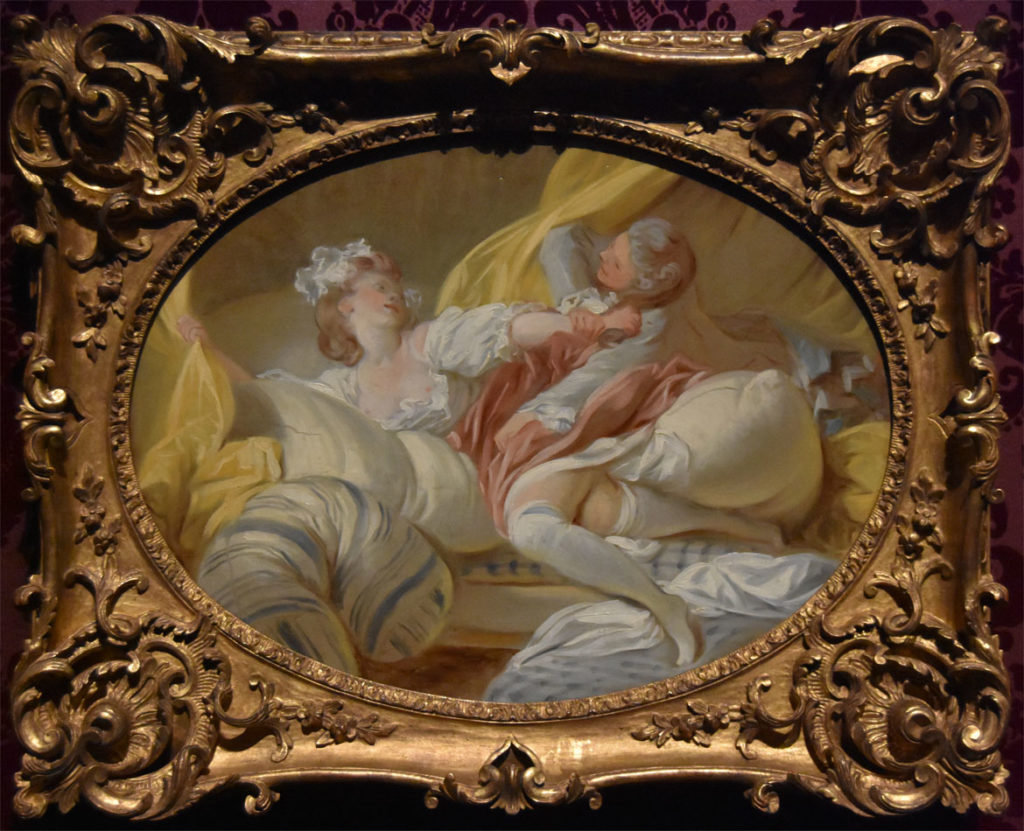
Paintings by Canaletto depict Venice’s canals. One gallery is filled by erotic French rococo paintings of doughy naked lades by François Boucher and Jean-Honoré Fragonard (including one from 1773 titled “The Useless Resistance”)—the pinnacle of French art in the years before the French Revolution.
Casanova’s life is evoked by elaborate life-sized diorama tableaus of mannequins dressed in period clothes cavorting in rooms of period furnishings and art. Here is a Venetian palazzo. Another tableau shows a man romancing a woman in an Italian convent. Nearby a naughty two-sided painting shows a nun kneeling on the front and reveals, on the back, that her habit is lifted to show her naked bottom.

A man and servant woman in a Paris tableau pass a note to plan a tryst in a sumptuous mansion decorated with a cycle of large paintings of mythological scenes by Boucher. A London tableau depicts two men fighting over accusations of cheating at cards as a shocked woman drops her drink. Paintings record some of Casanova’s lovers and big wigs of his acquaintance.
“He’s still very much a figure,” Ilchman says, “who’s trying to make it by chasing the hierarchy.”
The paintings, clothing and furnishings dazzle. Altogether it is a portrait of “a world of excess” in Europe as it slid toward revolutions—in America (c. 1765-1783) and France (c. 1789-1799)—and the radical unification of Italy in the 19th century.
“In some ways,” Ilchman says, “it’s a world about to be swept away.”
Help Wonderland keep producing our great coverage of local arts, cultures and activisms (and our great festivals) by contributing to Wonderland on Patreon. And sign up for our free, weekly newsletter so that you don’t miss any of our reporting.
